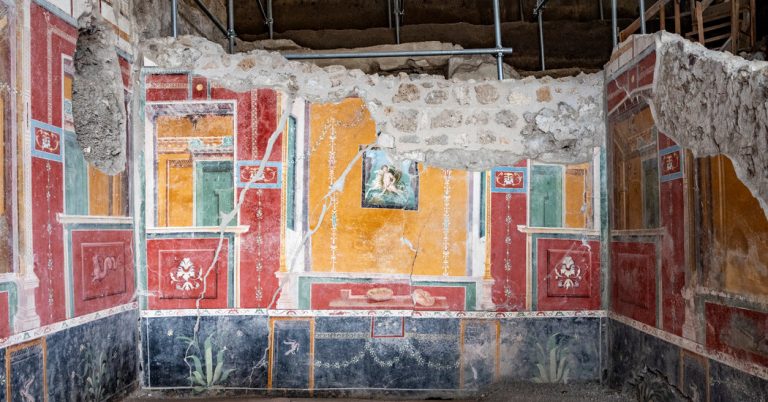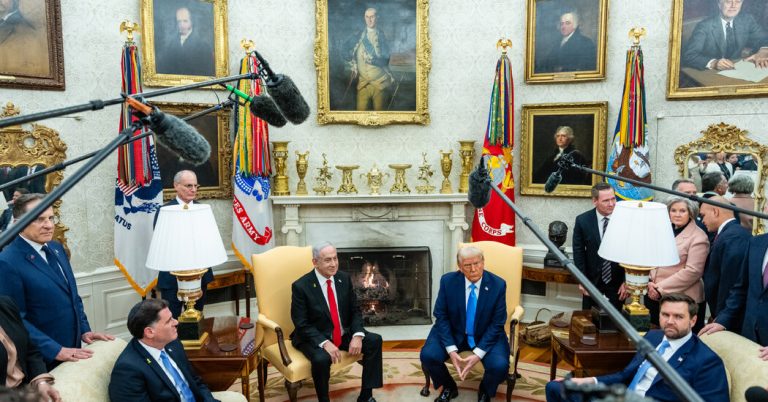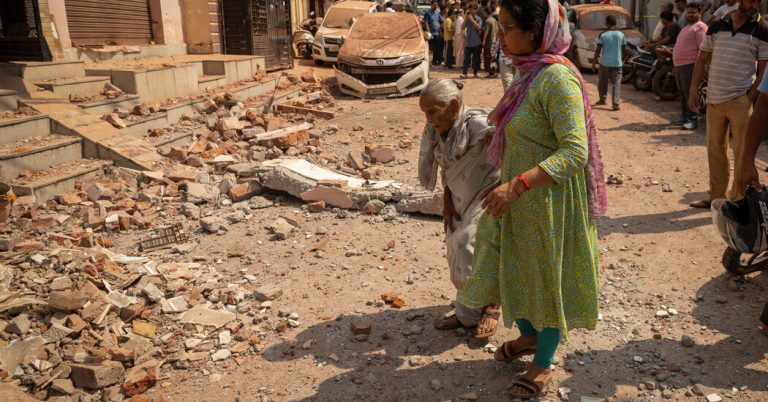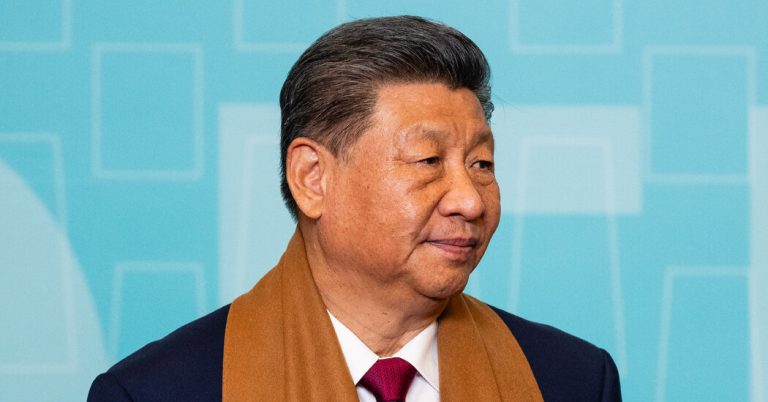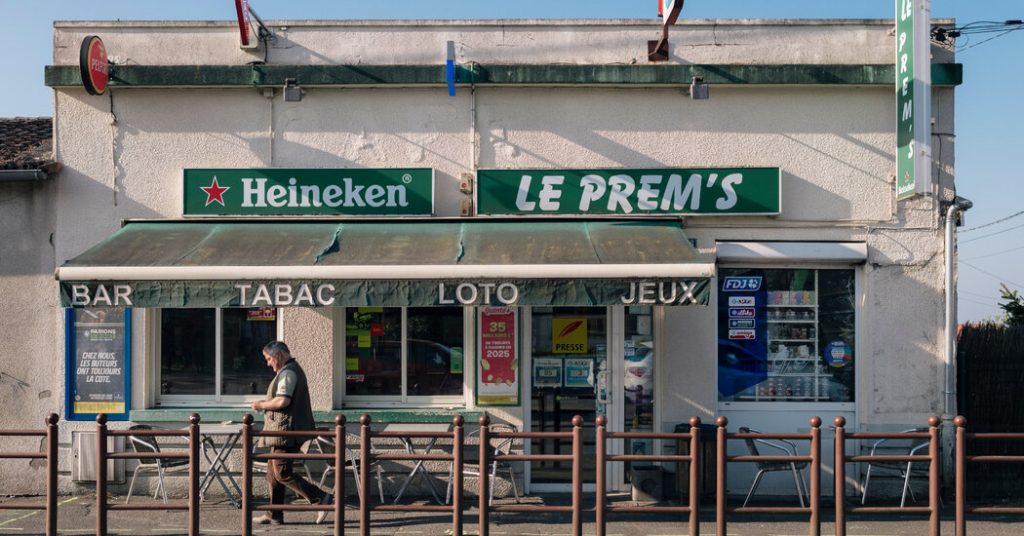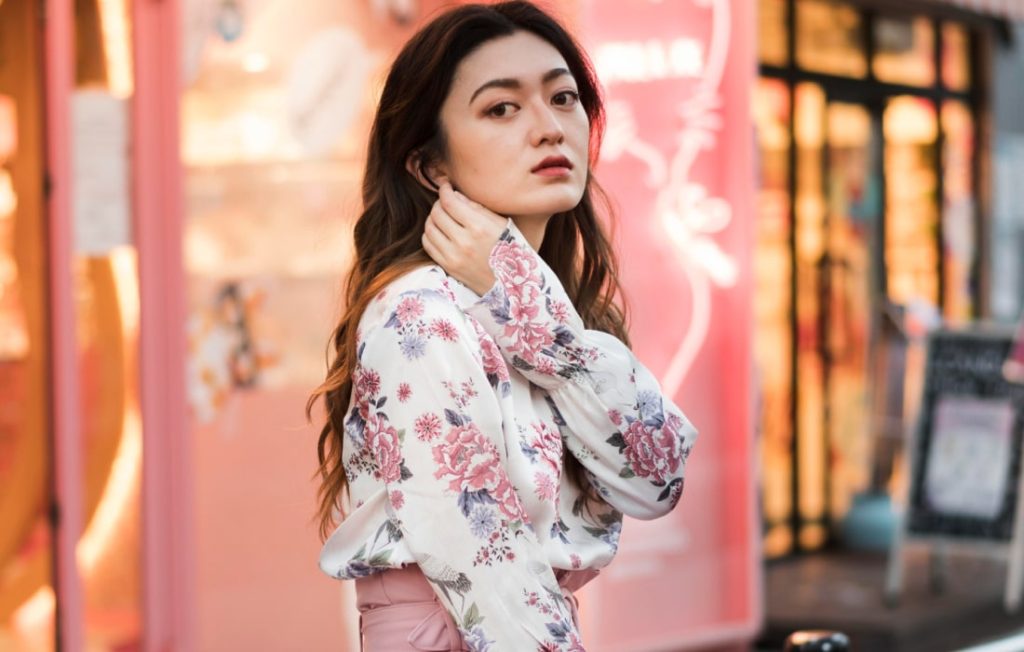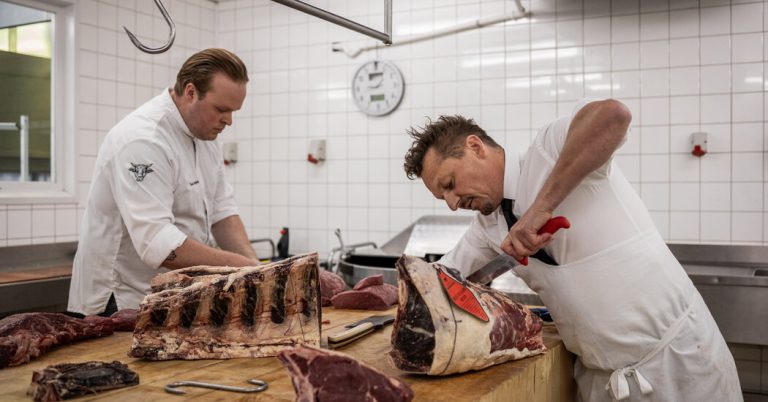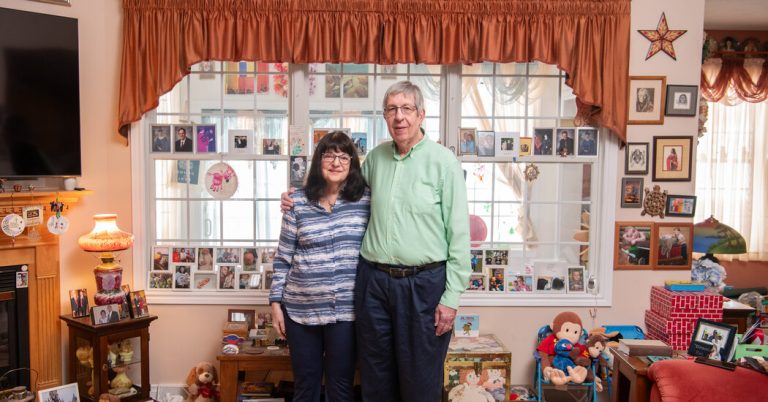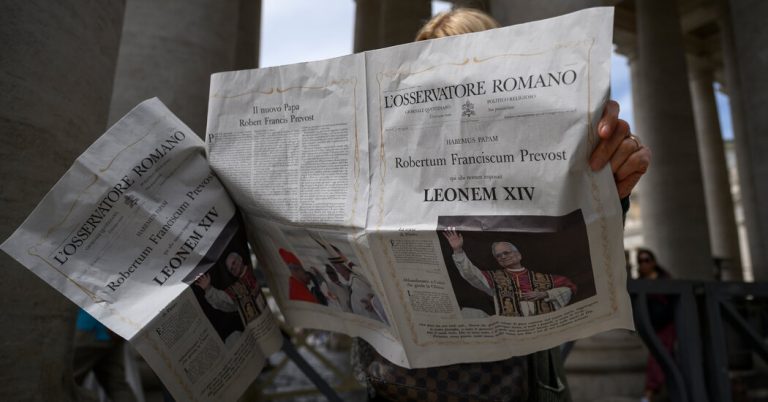“Bonjour, Macron!”
At Le Prem’s, a small bar in western France that sells lottery tickets and tobacco, this greeting has become a running joke since President Emmanuel Macron dropped by unannounced the other day and bought a round of coffee for everyone, save the customers who opted for a bracing midmorning sauvignon blanc.
“He did not come to scratch!” said Christophe Jacques, the cheerful bar owner, alluding to the betting games he offers on scratch cards, where winning numbers are revealed by scratching off an opaque covering. “He came to chat.”
Chat the president did, for more than an hour, about health care and jobs and salaries and other day-to-day concerns of an anxious French people. Perched on a bar stool against a backdrop of cigarette packets warning, “SMOKING DIMINISHES FERTILITY,” he seemed happy to shoot the breeze. It was a break for Mr. Macron from building Europe into a credible military power, now that the United States often seems less friend than foe.
Some regulars — and the bar has many, especially among retirees — were so shocked that they initially thought he was a Macron doppelgänger.
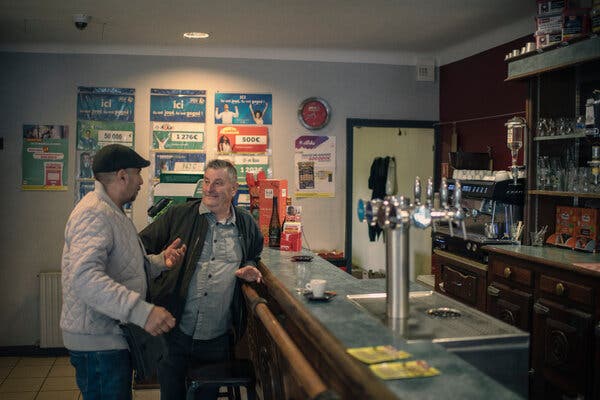
A farmer, Jean-Claude Turpault, 60, right, has coffee as part of his morning ritual at Le Prem’s, which sells lottery tickets and tobacco.Credit…Dmitry Kostyukov for The New York Times
“I was studying the form for a horseracing bet, turned around and was face to face with Macron!” said Jean-Claude Turpault, a farmer. “Could not believe it. I’d imagined him more arrogant, but he was easy to talk to.”

